Considering a new TV as the centrepiece of your home theatre? Or maybe a replacement for that dust-ridden dinosaur that skips channels in the living room? As with all things nowadays, there’s so much to choose from, that finding what’s right can soon become a headache. Add in the wide range of prices, and things get worse. To get your dollars’ worth, this short guide will point you towards a TV with great picture quality, that should last for years, is right for the intended room, and won’t be a financial burden.
What to Look for in Your Next TV?
Screen Size
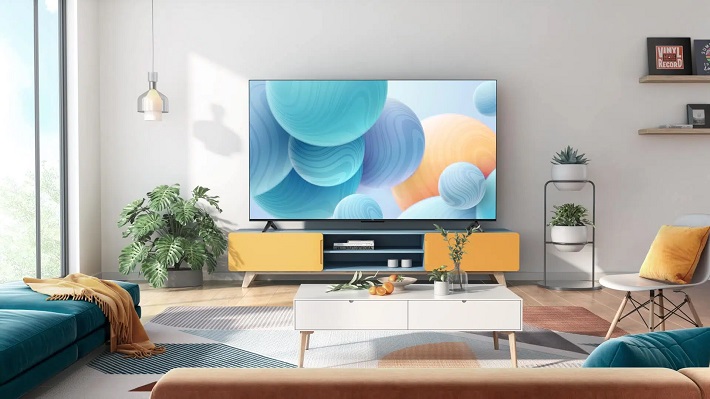
Size matters, and with TVs more so. TVs are growing in all directions, and smaller versions today are only reserved for kids’ rooms. Now a 65 and 75-inches smart TV seems to be the norm in most small to medium living rooms. With bigger 85-inch or even larger boxes offering the full cinematic experience in dedicated home theatre rooms.
Sizing is all about viewing pleasure. And a little science is done to determine the optimal viewing distances and angles. Mid-ground 65- and 75-inch smart TVs provide immersive viewing at the usual viewing distances of between 2.5 to 3 metres away. And this equates roughly to a 40° viewing angle. Smaller rooms are better off with 55-, 50- or 43-inch TVs.
Full HD, 4K or 8K?
Another significant factor determining the size of the TV buyers should get is the resolution. Here we’re talking about pixel count, which determines among other things image clarity. Full HD TVs with an image that is 1920 pixels wide and 1080 pixels high per inch is the standard that’s going out of favour with most buyers simply because there’s something much better. 4k TVs have four times the resolution (or 4,096 by 2160 pixels), so offer a much clearer and more detailed picture. This has been the norm for the last few years, and most buyers will be happy with a 4k TV. Prices have also come down as more TVs flood the market. The newest 8K TVs do 4 times better, with pictures being 7680 pixels wide and 4320 high, but the stellar image quality also comes with an astronomical price tag. Get 8k only if you have to, but stick to the more than decent 4k offerings.
QLED, OLED or LED?
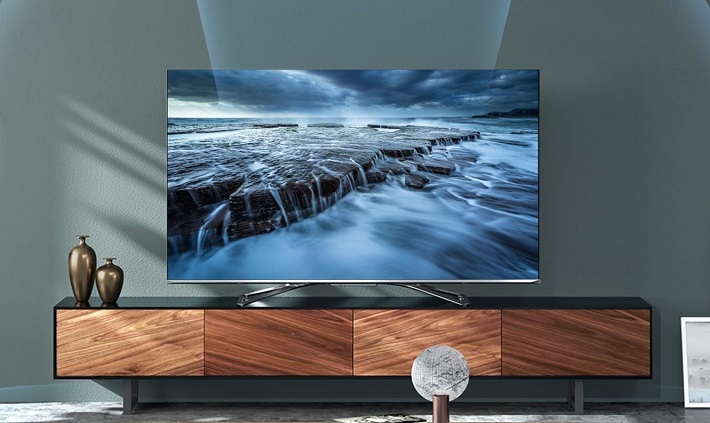
source: www.androidauthority.com
These refer to the technology used in the panel. LED and QLED TVs use traditional LCD panels with LED backlights. QLEDs have an additional quantum dot layer to produce a wider range of colours. The name has been strongly associated with Samsung TVs, but other TV makers (TCL, Hisense and LG) use the same tech, albeit with a different name. Basic TVs with LED panels have decent black levels, a good range of colours, and can get quite bright. And they’re quite cheap for what they offer. QLEDs have better blacks, a wider set of colours, higher brightness, and can handle fast-moving frames (say sports matches or when gaming) much better. Prices are higher, but not overly so.
OLED TVs are on another playing field. They use individual self-lit pixels that can turn off when needed in order to get those perfect blacks. Great for binge-watching favourite shows and movies. In addition to almost perfect colours, OLEDs aren’t affected by viewing angles, so pictures look great from anywhere in the room. They also have virtually no motion blur, so are great for gaming or watching sports. As for prices, basic OLED TVs rival more mid-range and high-end QLEDs for the same screen size.
Picture Quality
Contrast and HDR
The contrast ratio is the difference in luminance (or brightness) between the brightest whites and the darkest blacks a TV panel can produce. Higher contrast ratios mean better blacks and improved picture quality in a dark room. OLED TVs outperform QLED and LED TVs in this respect.
Related to contrast is HDR or High Dynamic Range. There are different formats, with HDR10 and HDR10+, Dolby Vision and HLG, but all seek to improve contrast levels as well as brightness and the range of available colours. The aim is to make pictures ‘pop’ and seem more life-like. Any TV with HDR support is worth considering.
Refresh Rates
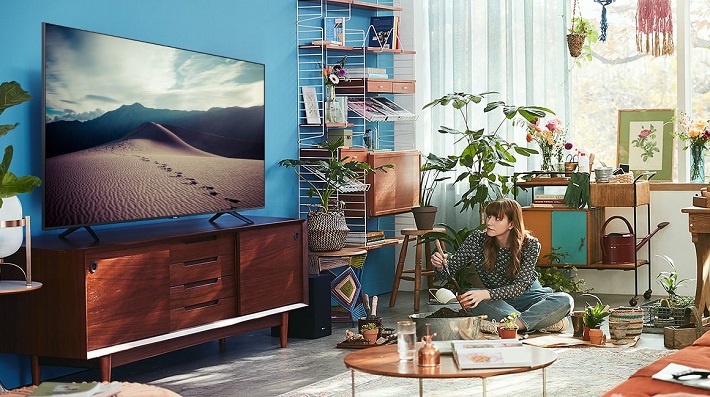
How many times the image resets each second is called the refresh rate. In TVs, this is usually 60 or 120 Hertz (HZ). Refresh rates are important for sharper images and reduced motion blur, especially when watching sports, but may be overkill in movies. TVs with native 120Hz panels can be dialled down to 60Hz to produce more natural effects in movies and shows.
Colour Gamut
Colour gamut is simply the number or range of colours a TV can display. A TV with a wide (or high) colour gamut will display more realistic and accurate colours and something you’ll want when watching HDR content. With that said, there’s the trend for bigger panels, such as a 75 inches smart TV, to be more feature-packed when compared to smaller units, even within the same product lineup.
How Smart is Your TV?
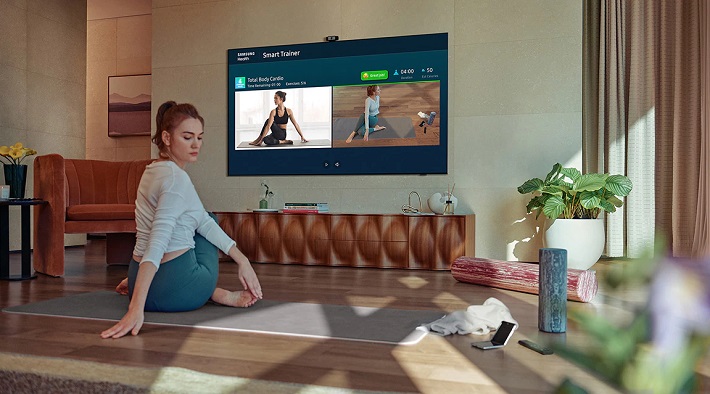
Lastly, think about the smart features that allow users to connect to other devices, stream content from popular services such as Netflix or Amazon Prime, and also browse the web with included browsing platforms like Android or Google TV. These are jam-packed with useful apps. Amazon Alexa is another respectable choice here. Another option featured in almost all TVs is YouTube integration. If you have more smart devices (phones included) then these are simple to integrate, so beaming your music phone playlist for instance to the TV is straightforward.
What Else to Consider?
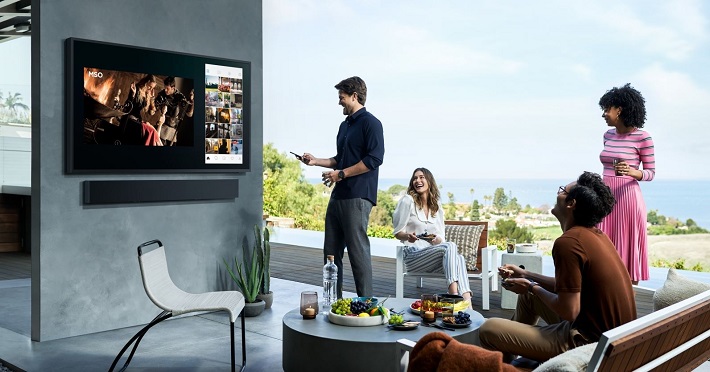
Consider the sound quality, as the thin panels need to squeeze in even smaller speakers for decent sound. Most buyers will look to soundbars or dedicated home theatre systems. This leads to the type and number of inputs (HDMI and HDMI 2.0 are the standards) to connect things like wired speakers or gaming consoles. Here, the more the merrier as it opens up more options for connecting different devices at once.
Also consider where the TV will be placed, with the design of the stands having a big say. Big TVs need a lot of furniture space. Alternatively, when wall mounting, get a compatible wall mount and factor in how this affects your chosen TV size.



